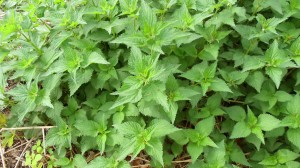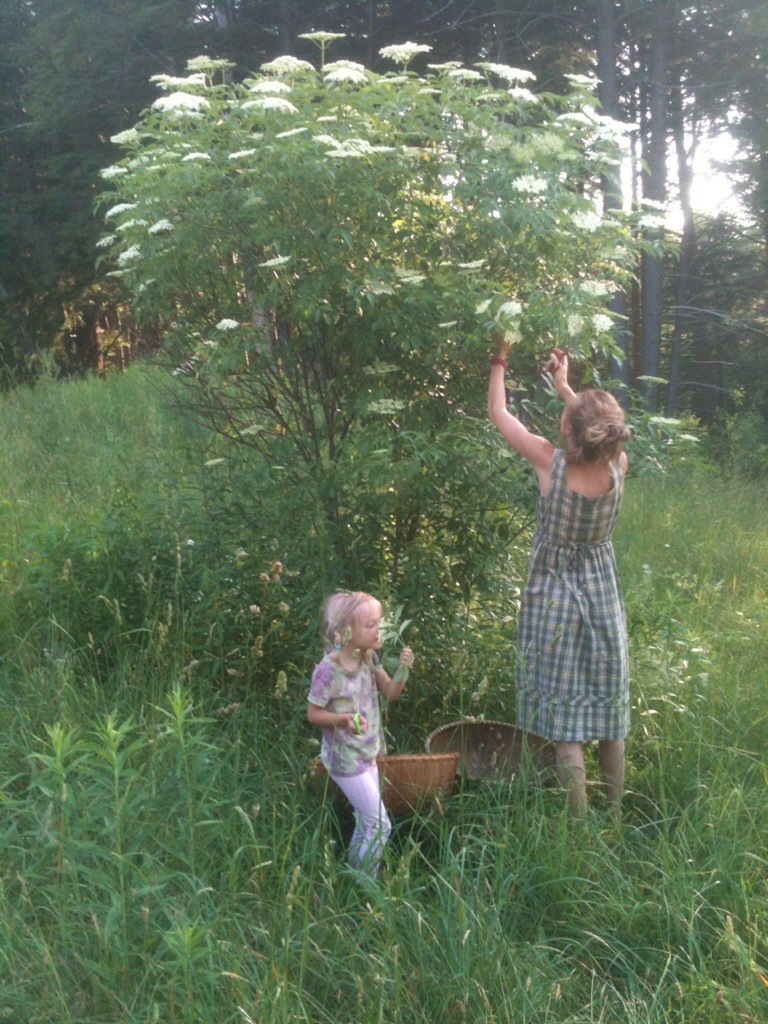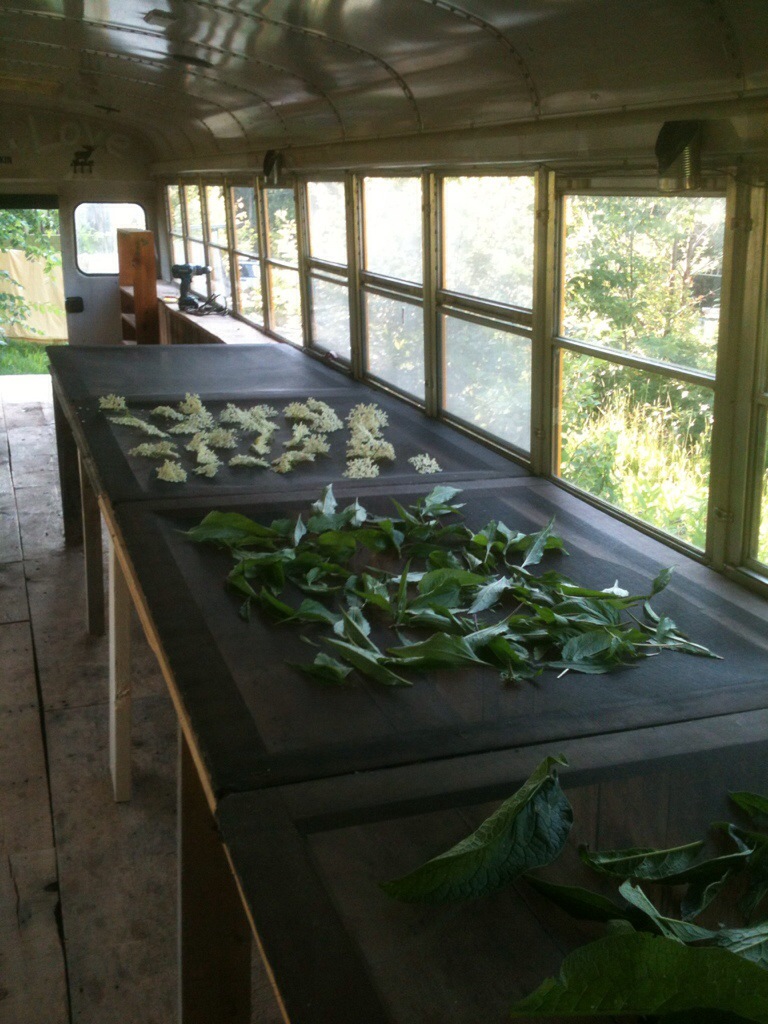The snow is finally melting, the ephemerals are starting to pop up, the streams are trickling, the robins are back! This is such an exciting time in New England-especially after the winter we just had, with more snow and colder temperatures than ever recorded in history.
Time to dive into the growing season-if you have perennial herbs, they will start poking through soon if not already, and if you’re starting seeds indoors, now-if you haven’t already, is the time to start them. I whole-heartedly love growing herbs-its so incredibly fulfilling, creates a sense of security and empowerment for me, knowing that my medicine is close at hand-not to mention the vibrant beauty of them in the garden-whether harvested each year or not.
Here’s an excerpt from the Book!
People have used plants as medicine since the beginning of time. Every culture around the world has or has lost a relationship to the plants of the region, whether wild or cultivated. These healing plants have served our species well. There was once a time, not in the too distant past, that people had some knowledge of plants to heal themselves, and in every village a person of more expertise on treating serious conditions.
Today we are focused on so many different things in our busy lives, and most of us have come to depend on systems of medicine that are outside of ourselves. We have forgotten how to take care of ourselves, prevent illness, and treat common ailments when they arrive. We may be fearful when something is off balance, in turn running to the nearest hospital or pharmacy. We have forgotten how to grow and prepare the simplest of medicines to treat colds, flues, fevers, and headaches, promote sleep, etc. We can get this knowledge back for vibrant well being. We can grow a small number of herbs, take a small amount of time in our lives, and have security in knowing that we can heal.
Let us be empowered to take at least some of our health into our own hands, it is us who know our bodies from the inside out! Growing a small number of medicinal herbs is a wonderful place to start. By doing this, we start to remember our connection with these allies, this support system that lies within the earth, and our own optimal health.
Growing herbs is easy, and super fun! Herbs are wonderful “weeds” that, when put into the right environment, will grow big and strong and full. They want to spread, take over, and multiply, which is great, when they are planted where we want them! The task becomes pruning, thinning, pulling, and harvesting. Once herbs are established and growing in your yard, there is more abundance each year, rarely a worry of shortage. They are flexible and hardy to many growing conditions, often times extreme or harsh weather. The key is to choose plants that are generally suited to your area, and the ones we have chosen for this book are very common and easy to grow in most areas. Perennial herbs for the most part are the focus in this book, as they will proliferate for many years, therefore establishing the garden is a one-time endeavor.
Plants are effective medicine, not only for us, but for the garden. They serve as pest control, and they heal the earth where it may have been stripped, or polluted. Incorporating them into our lives enriches us, by soothing or stimulating the senses, and helping us feel better when sick.








